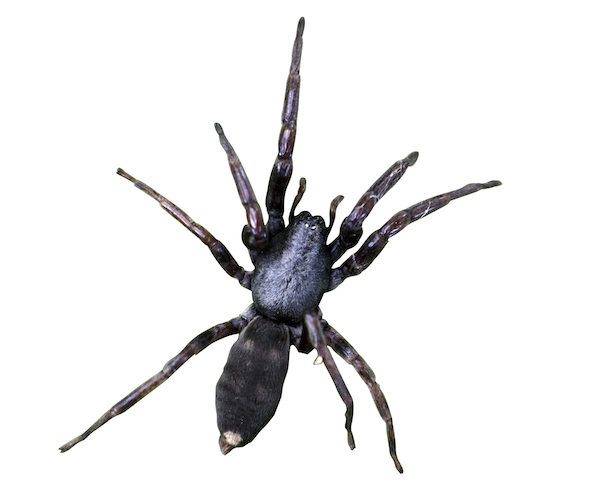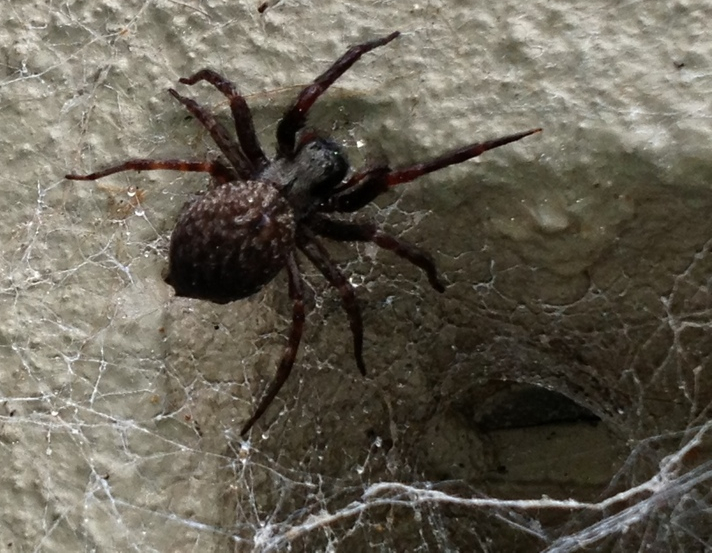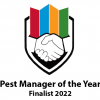Spider bites – All you need to know!

You don’t have to be an arachnophobe to be cautious around spiders – certainly a large, fast moving huntsman is enough to make anyone jump, but several of the common Australian spiders can give a nasty bite. Here are the top 5 spiders most dangerous spiders in Brisbane and the Gold Coast…
Tree-dwelling funnel web

There are actually 40 species of funnel web spider, not just the Sydney funnel web. Here in south east Queensland we have the tree-dwelling funnel web, which lives in the holes in trees and rotting logs. In can be found in any forested area but tends to be more common in the Great Dividing Range.
It has a black shiny carapace (back) and matt black or brown abdomen. The body can be up to 50mm long and it has very large fangs!
The funnel-web bite is extremely painful, and fatal if untreated. Bites typically occur by accident when hands are place on trees or logs. If a bite by a funnel web is suspected, call medical assistance immediately. Then it is important to apply the same first aid as you would for a snake bite – this is different to other spider bites (see below). Apply a pressure bandage and keep the affected limb and patient still. The anti-venom for the Sydney funnel web spider is effective in treating bites from the tree-dwelling funnel web.
Redback spider

Redbacks are found throughout Australia and will live in any dry, sheltered area both inside and outside the house.
The spider that most people would identify as a redback is the female redback, the male is a lot smaller and tends to be brown in colour. It is the females that can deliver the nasty bite, as they can be quite aggressive, especially when defending their eggs.
The bite can be extremely painful and can result in headaches, nausea, abdominal pain and lethargy. If bitten, the standard spider bite first aid (below) should be applied. It is important to seek medical advice when bitten, in a case anti-venom needs to be administered. There are around 2000 redback bites a year with around 250 people requiring the anti-venom. No-one has died since the development of the anti-venom.
White-tail spider

White-tailed spiders are found throughout the sub-tropical and temperate areas of Australia. They are hunting spiders – the don’t build webs but wander around looking for prey. They actually prefer eating other spiders including redbacks and black house spiders.
They have a long, cylindrical body up to 20mm long and typically are black/brown/grey colour with a characteristic white tip at the end of the abdomen. Their legs tend to be a reddish brown with dark strips.
White-tail spiders aren’t particularly aggressive, with most people getting bitten by accident from spiders hiding in their clothes, towels or sheets. The narrow gaps between clothes and sheets are just like their natural hiding spots under the bark of trees… so don’t leave your clothes on the floor! The bite is quite painful, a bit like a bee sting and can become swollen and very itchy. Apply the standard spider bite first aid (below).
The idea that white-tail spider bites causes flesh to decay (necrosis) is an urban myth. A comprehensive scientific study showed there was no evidence for this. Check out the truth about white-tail spiders. However, as with all spider bites it is important to clean the bite area and not scratch the bite as this can introduce bacteria that can cause necrosis.
Trap door spiders

Trap door spiders are found throughout urban and natural environments and dig burrows in which to hide. They don’t always have a trap door to their burrows but will often disguise the entrance with vegetation.
The spiders have a body length between 15-30mm. Although the females are larger, the males are more aggressive. The tend to be brown/grey/black in colour and have large fangs. Their appearance combined with their web-lined burrow often means they get mis-identified as funnel web spiders.
As they live outdoors, most bites occur in the garden. The bite can be painful initially (another reason it gets confused with the funnel web), but the pain subsides. Treat with standard spider bite first aid. But if you have any doubt about whether it is a trap door or funnel web, seek medical attention.
Black house spider

Black house spiders are found throughout Australia. Around houses they build their funnel shaped webs in window frames, vents and under eaves.
The body length can be up to 20mm long and can be brown/grey or black in colour with lighter coloured hairs over the body. (There are actually two species, the black house spider and grey house spider, very similar in appearance). The shape of the web and their appearance also sometimes means they get confused with funnel webs.
Black house spiders tend to be very timid and will retreat back into their webs when disturbed. However, their bite is quite painful and poisonous, and may cause sweating, nausea and giddiness. Follow standard spider first aid and seek medical attention if a bite is suspected.
Although it makes sense to be cautious around spiders to avoid getting bitten, at the end of the day there have been no confirmed spider bites in Australia since 1979. In contrast several people die from bees stings each year!
Standard spider first aid:
- Get the victim to sit down and try to get them to relax
- Clean the bite with water and disinfectant (this will prevent potential infection)
- Apply an ice pack to the bite area to relieve the pain
- See medical attention if the pain persists and becomes severe (of if a funnel web or redback bite is suspected
Not everyone can be a spider expert but if the spider can be identified it will be useful in providing treatment if medical intervention is required. Rather than trying to catch the spider try taking a photo.

